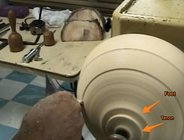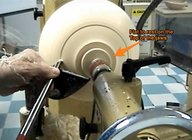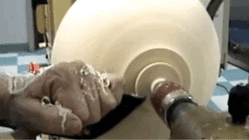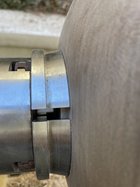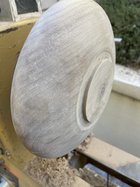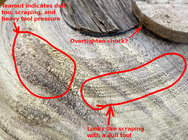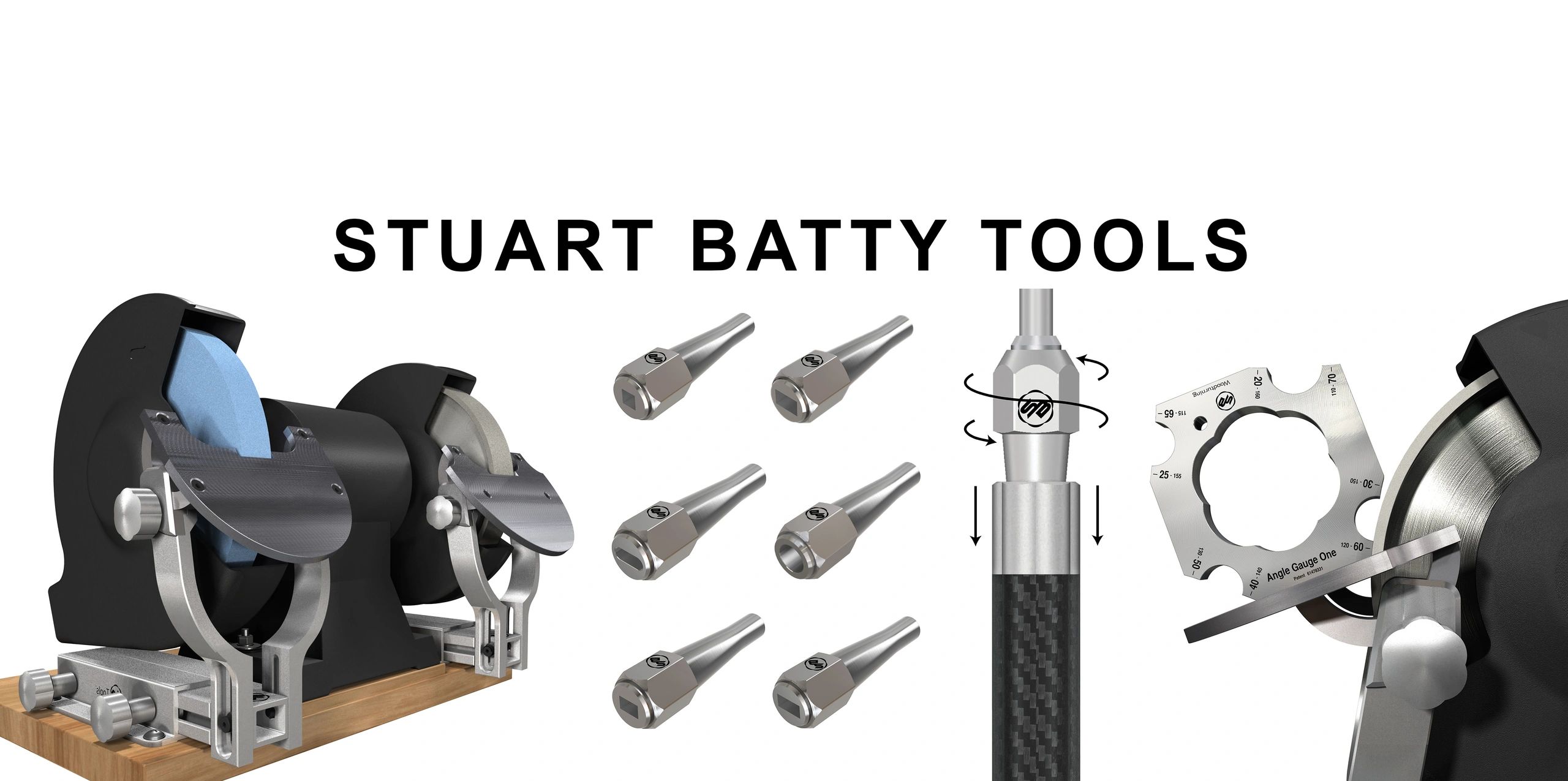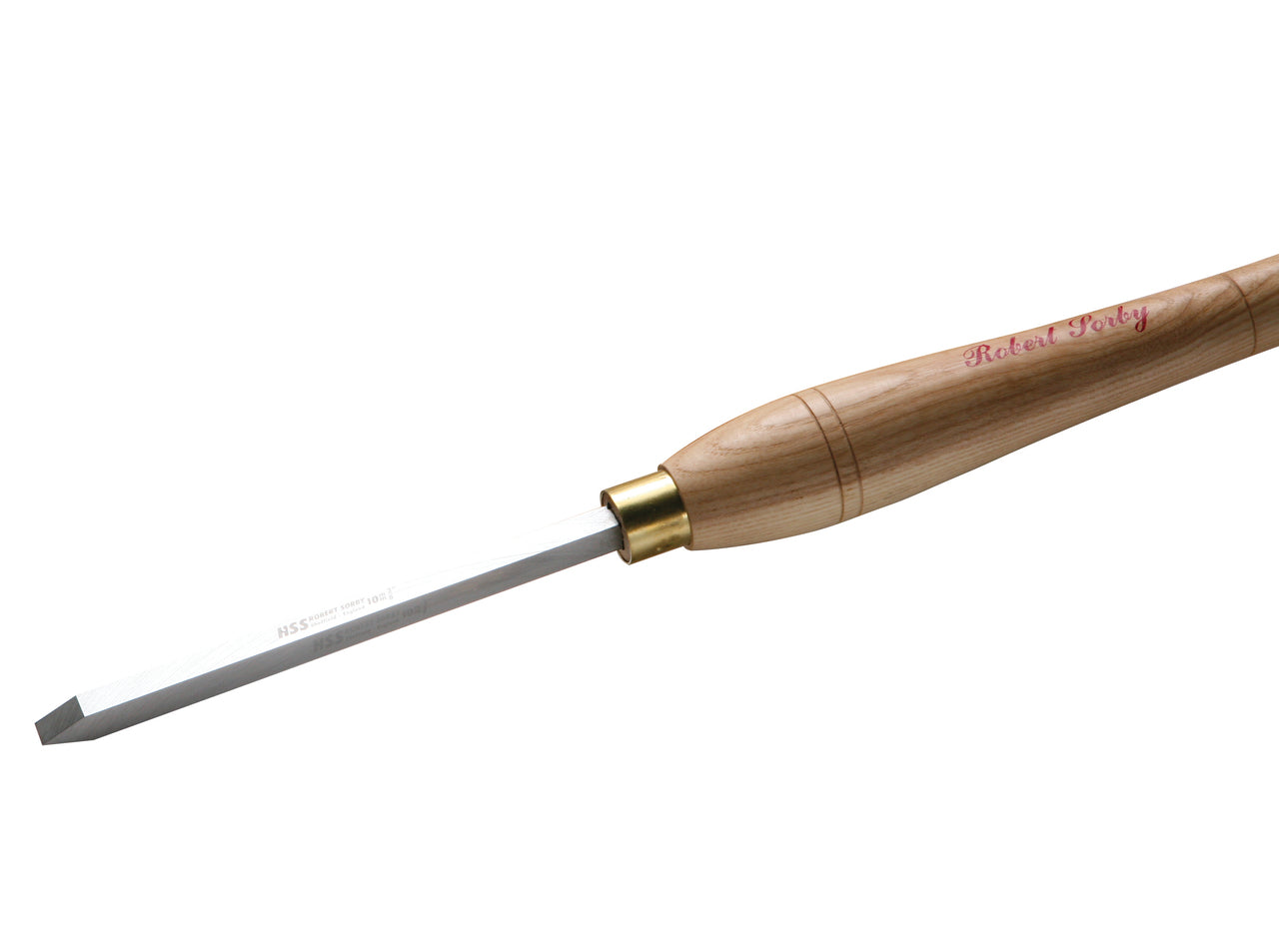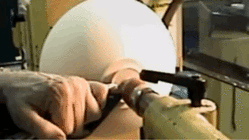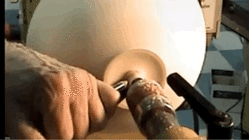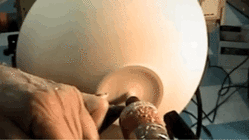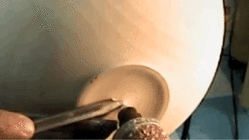I’ve got less than a year of turning experience. I’ve turned bowls with a mortise and bowls with a tenon. I’ve gotten away with a fairly small diameter mortise as long as there was enough wood surrounding.
I thought that I’d try a small tenon today and just hollow “gently.” I’ve read the rule of 30-40% bowl diameter. This one would be less than 20%. It was a fairly wet (heavy) piece of walnut and I rough turned the outside, put a tenon on, and flipped it. Nice dovetail and didn’t bottom out. Made sure I oriented the grain correctly per other readings and started to hollow. Did not take long to break the tenon. I was fortunately not in the line of fire. Not even a catch.
I remounted on the screw chuck and turned a BIG tenon, bigger than needed. No problem hogging it out. I guess I can always reduce it when I flip the bowl around to work the bottom after hollowing.
Lesson learned. Go big.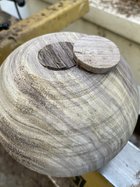
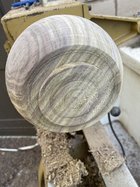
I thought that I’d try a small tenon today and just hollow “gently.” I’ve read the rule of 30-40% bowl diameter. This one would be less than 20%. It was a fairly wet (heavy) piece of walnut and I rough turned the outside, put a tenon on, and flipped it. Nice dovetail and didn’t bottom out. Made sure I oriented the grain correctly per other readings and started to hollow. Did not take long to break the tenon. I was fortunately not in the line of fire. Not even a catch.
I remounted on the screw chuck and turned a BIG tenon, bigger than needed. No problem hogging it out. I guess I can always reduce it when I flip the bowl around to work the bottom after hollowing.
Lesson learned. Go big.


Last edited:

